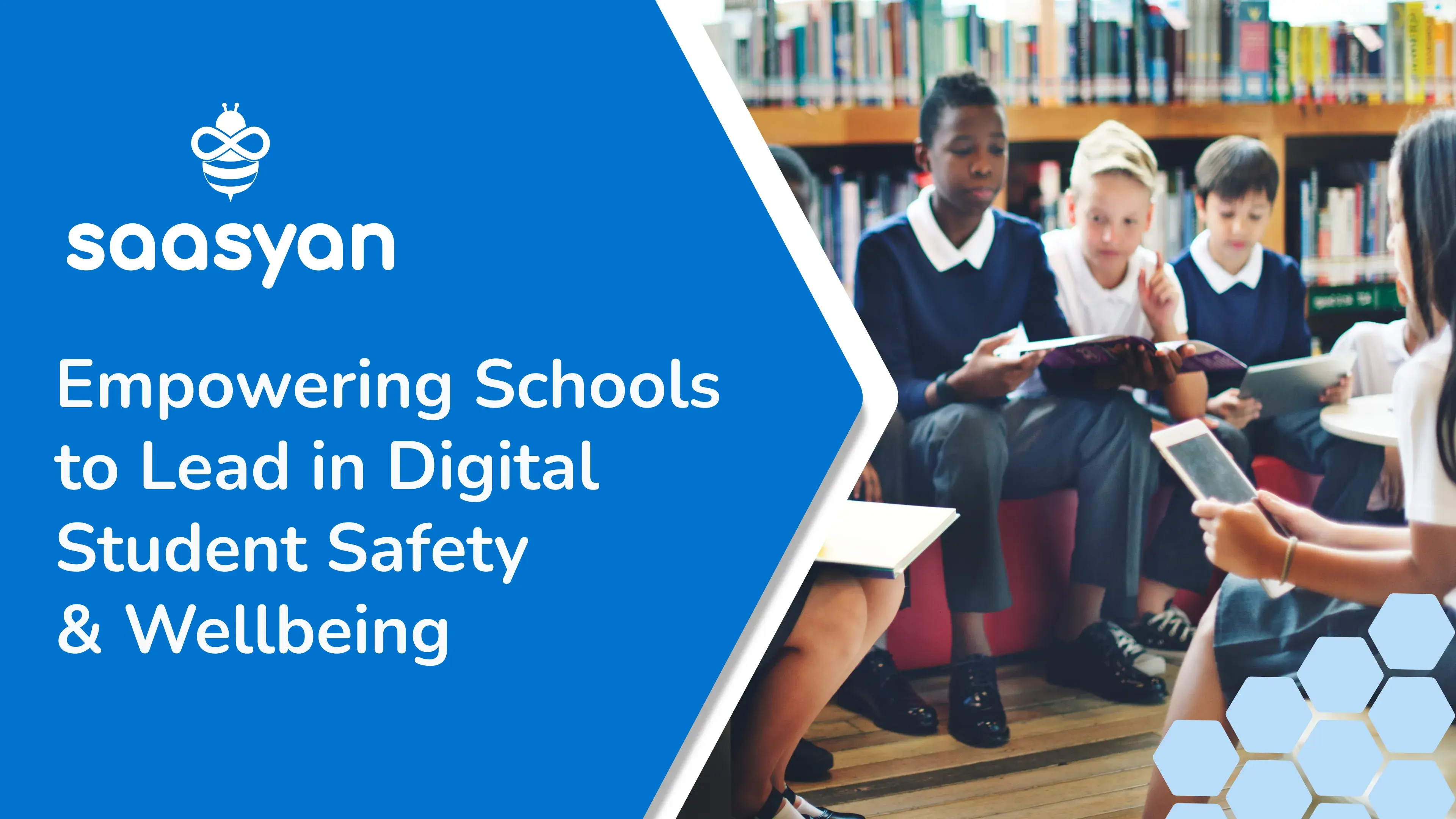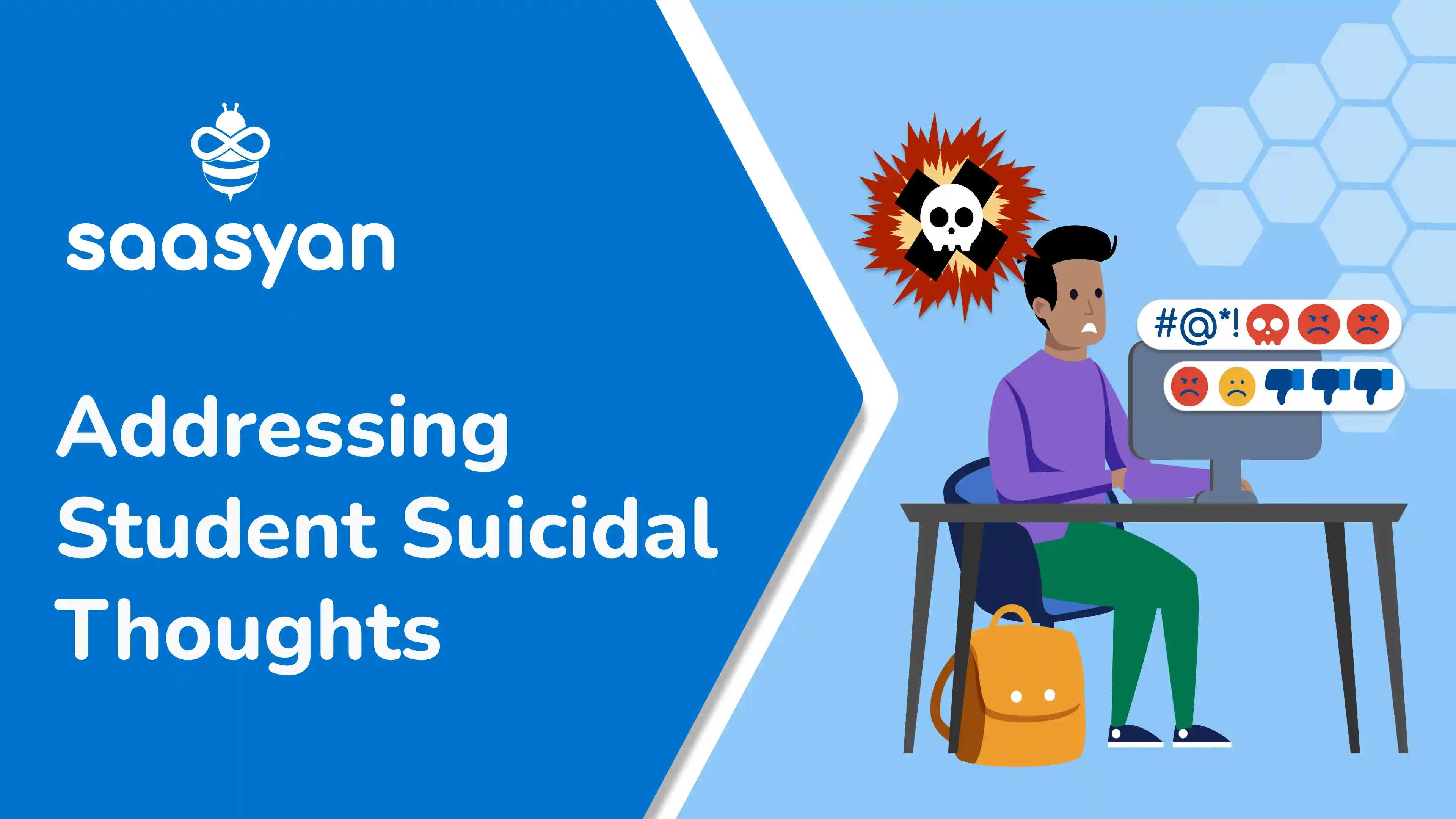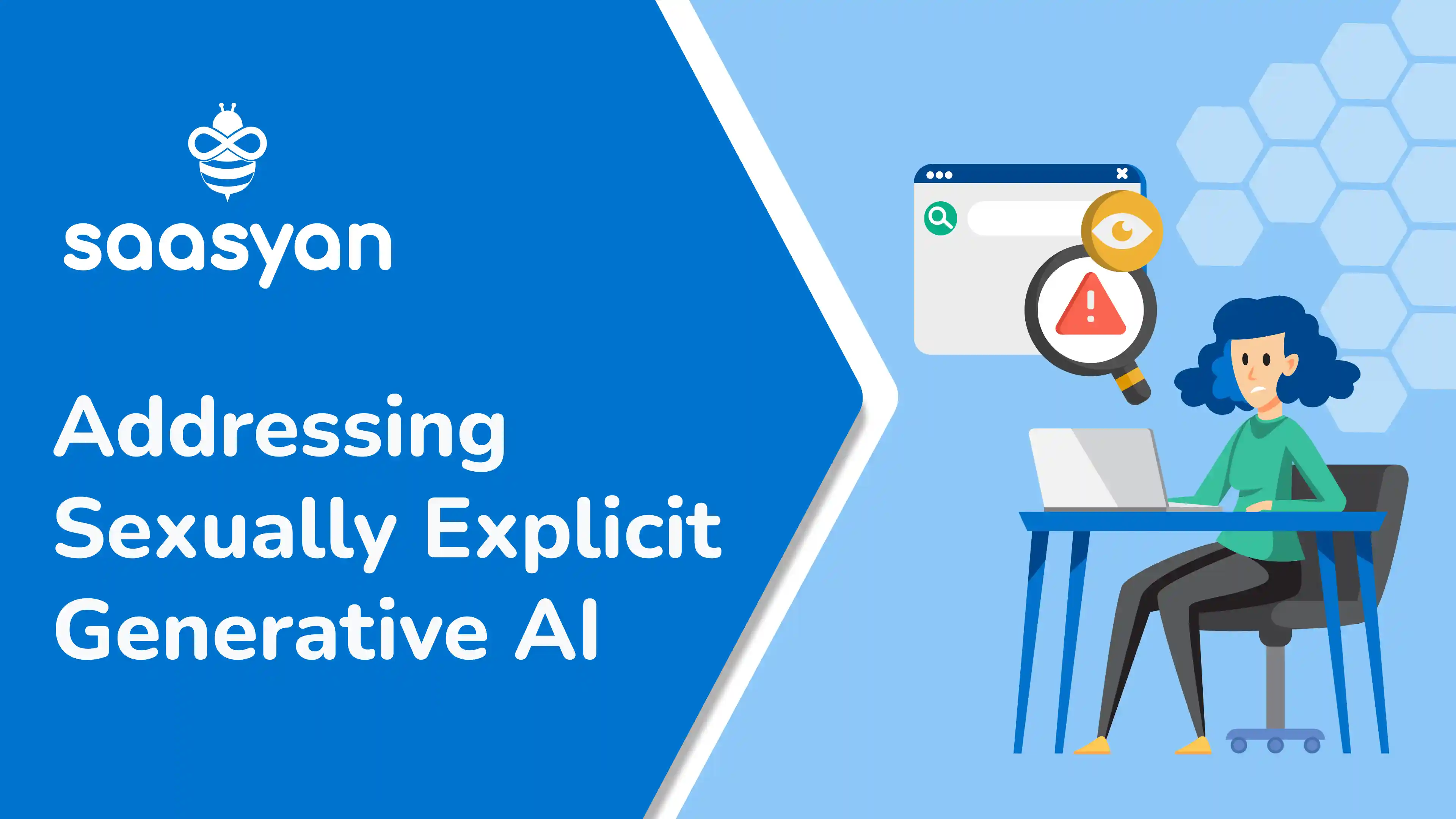Empowering Schools to Lead in Digital Student Safety & Wellbeing
Why Digital Safety Matters Digital safety in schools is evolving rapidly. It’s no longer just about blocking harmful content. It’s about supporting...
3 min read
Sidney Minassian
6:15 PM on June 22, 2021

With technology now a core enabler of learning and education for students in Kindergarten through to Year 12 (K-12), the market is exploding with EdTech solutions from large incumbents as well as new innovative startups.
As a tech entrepreneur and father of three kids, one in primary and two in high school, I welcome this trend and am somewhat envious.
My kids get to flick through their timetable on their smartphones, chat to their teachers on Microsoft Teams after school and submit their assignments at 11:59pm on a Sunday night via Google Classroom.
Additionally, from a very young age I've encouraged my kids to share their homework with me online during my business hours, where I'm able to collaborate with them while I'm still fresh and in a good headspace, instead of waiting for me to get home, tired, hungry and not my best self.
So, as a parent, from this perspective the benefits and the impact of technology in advancing my kids education has been significant. I'm massively grateful and happy for them that they are at school during this era.
However, along with the intended benefits, we know new technologies sometimes also introduce unintended changes and risks.
This is certainly the case when it comes to student safety and wellbeing, given many would agree, the social, mental and emotional impact of students being mostly online when in and out of the classroom is a new frontier.
Just ask any Teacher, Wellbeing Counsellor or School IT Manager and they'll tell you how complex their world has become when it comes to actually knowing what the students are up to, ensuring engagement and being aware of students who are emotionally struggling or getting bullied.
I've learned over the years that there's almost never the one solution and or one approach that is right for everyone.
Instead, approaching problems based on principles and frameworks provides a more flexible approach to do what works in a given context with the opportunity to test, learn and iterate.
So with that in mind, here are the framework elements we see our 600 plus school customers adopting for addressing student safety and wellbeing.
As the provider of a comprehensive Ai-Powered Student Safety & Wellbeing solution, Saasyan connects to existing school systems and provides actionable insights to help schools detect cyber-bullying, self-harm, suicide and threats of violence across chat, email, search, websites, social posts and videos.
The Saasyan solution is powered by artificial intelligence and applied intelligence to help schools keep 'one step ahead' of students.
Here are 5 applications of our 'applied intelligence' in the Saasyan solution:
Sign up here for an on-demand demo of the Saasyan AI-Powered Student Safety & Wellbeing solution.

Why Digital Safety Matters Digital safety in schools is evolving rapidly. It’s no longer just about blocking harmful content. It’s about supporting...

Suicide is the leading cause of death for young Australians aged between 15-24. In 2022, suicide represented 31.8% of all deaths in young people aged...

Generative AI has advanced significantly in a relatively short period. Platforms such as ChatGPT, Dall-E 2 and Microsoft Copilot allow users to enter...